












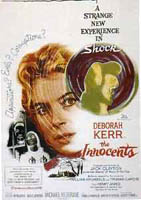
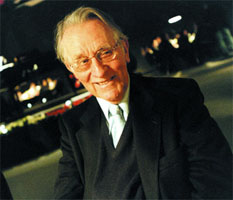
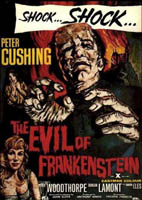
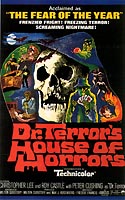
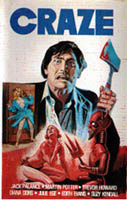
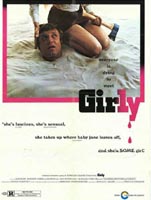
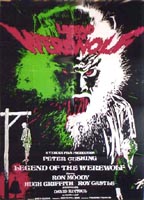
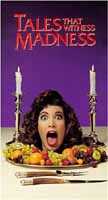
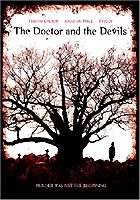
FREDDIE FRANCIS INTERVIEW
By Barry King
Q. Can you explain exactly what you did as a director
of photography during World War II?
A. During World War II I went into the Army in l939 with the Royal Army
Ordnance Corps. Due to a vague contact I
and after basic training, I was sent to the Army photographic stores at
Aldershot. From there, I was posted to the
Army Kinematograph Service based at Wembley, which before the war had been
the British 20th Century Fox studios and
later was taken over by the Lee Brothers. We made mainly training films
including a forerunner to the Carol Reed movie
"The Way Ahead" which was called "The New Lot". Others in the AKS included
Freddie Young, Thorold Dickinson, Carol
Reed, Peter Ustinov and many others. I progressed through the ranks and
through the various films to become a Warrant
Officer and until I was often directing and operating and photographing
all
sorts of Army films, including
medical (Maxillo facial surgery) reconstructive work. It gave me a great
deal of experience in all phases of film production.
Q. In 1962 you directed "Two and Two Make Six" a
romantic comedy starring George Chakiris. What do you
remember most about directing your first feature film?
A. Two & Two Make Six was not the movie I had hoped to make. I tried to
change the script but was not allowed to.
George Chakiris was a great dancer but not necessarily as great an actor.
However, as I enjoy film making of every kind
I did enjoy my first civilian directorial job and Janette Scott who played
the lead opposite George Chakiris, became a
great friend and remains so to this day.
Q. On the sci-fi monster-plant film "The Day of the
Triffids" you were actually uncredited as director.
Can you tell us how that came about?
A. "The Day of the Triffids" was shot mainly in Spain for the Bronson
organisation. when the first cut was made, they
realised they did not have enough material, contractually, for a release
and
so I was approached (through my agent) to
add a prologue and a coda which became the lighthouse sequences. Kieron
Moore, with whom I had worked on "Mine
Own Executioner" and Janette Scott (mentioned above) were the leads and
the
sequences not only lengthened the film
but also, I think and hope, strengthened it. I was paid a straight fee and
received no credit although it seems to be a
well know fact that I was involed.
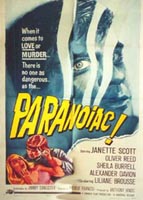
Q. You directed "Paranoic" in 1963 for Hammer. Can you
explain how you first became involved with Hammer
Films?
A. I became involved with Hammer through my agent and after I had directed
"The Brain" for Raymond Stross. I
got to know Anthony Hinds and Jimmy Sangster (both writer producers)
extremely well and made several films with them.
They are both friends even now.
Q. With "The Evil Of Frankenstein" (1964) and "The
Skull" (1965) you began a long association with actor
Peter Cushing. Did you and he have a close
director/actor relationship? And, did you both begin
to know what the other wanted performance-wise in
subsequent films?
A. Peter Cushing became a friend a colleague. I had first worked with
Peter
when I was a Camera Operator for John
Huston on "Moulin Rouge". He was a charming man and a consummate actor. We
always had a meeting about the
script before shooting begane, at a London hotel. Once shooting started I
knew Peter would be always reliable and always
able to make any lines totally convincing and believable.
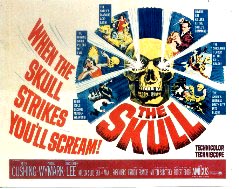
Q. We mentioned "The Skull". This is the story of a
collector who buys the skull of the Marquis De Sade,
which appears to have an evil power of it's own. To
convey the power of the skull, you used shots through
the eyes of the skull itself! This was very effective
in the film. Did you have that idea in advance?
A. "The Skull" was made at Shepperton and I had the giant Skull face piece
which could be mounted on the camera.
This I planned from the start.
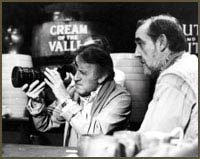
Q. You have directed several omnibus features like
"Torture Garden" (1967), "Tales From The Crypt" (1972)
and "Tales That Witness Madness" (1973). Do you
approach a "short story" type of film any differently
than a full length feature, from a directorial
standpoint?
A. The 'omnibus' films were fun to make and I enjoyed them, firstly
because
it was always possible to assemble a great
ensemble cast, and secondly it was always possible by the linking
character
to lengthen the stories when required (which
was quite often!) so a lot of these linkages were shot 'off the cuff' and
very enjoyable for that reason.
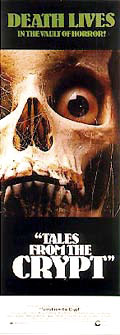
Q. In one sequence in particular in "Tales From the
Crypt", Joan Collins plays a woman about to murder her
husband (Martin Boddey) on Christmas Eve (after which
a deranged Santa Claus shows up). There is a fabulous
shot of the husband in a chair reading a newspaper. We
see the scene shot from below, and all we can see is
the newspaper. Suddenly there is a "thump" sound and
blood begins to form on the reverse side of the paper.
Then, the actor falls toward the camera and we see
that he is bleeding from a head wound. This was a
masterfully done shot in the film. Can you tell us how
it was achieved? Did it work right the first time?
A. The scene with the newspaper was scripted but the way it was shot was
my
input. I cannot remember how many times
we had to shoot it - certainly not many as most of these films were shot
on
a tight budget and schedule.
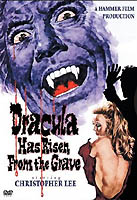
Q. Your contribution to the Dracula series for Hammer
was "Dracula Has Risen From The Grave" (1968). Since
Terence Fisher had helmed the Dracula films before
this one, how did you want to approach this Dracula
film with Christopher Lee?
A. I have always approached subjects, whatever they are, in my own way. I
was aware of Terence Fisher but did not
do anything other than approach the movie with my own creative instincts.
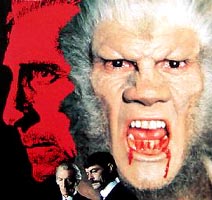
Q. In "The Legend of the Werewolf" (1975) the point of
view from the werewolf was a fast moving camera view,
shot through a red filter. This was extremely
effective and made those scenes very mysterious and
stylish. Whose idea was that?
A. "Legend of the Werewolf". I was always looking for a fresh approach
and
the red filter seemed one way to making
this a different look. I may have been influenced by the filters I used on
"The Innocents"- which I photographed for Jack
Clayton where I used filters (in a black and white film) mainly to enclose
the Cinemascope format. However, as some
of these filters had to be hand-painted by me on the set and were, of
necessity, coloured it may have been this that
gave me the idea. All experiences in film making inform future work.
Q. In 1987 you had your name removed from the film
"Dark Tower" as director. Can you elaborate on why?
A. "Dark Tower" was a film made in Spain. The Producer made many promises
which did not come to fruition! The
movie was supposed to be shot on the 35th floor - I think we had to shoot
on
the 5th!
The Special Effects crew who
came from California turned out to be a disaster and the producer promised
that he would take the film back to the
States for a preliminary cut and then send for me to complete the effects
with a new crew after it was seen what was
required. Unfortunately, he did not do this and when I saw the final movie
with appalling effects, I insisted my name
be taken off the credits.
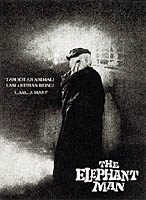

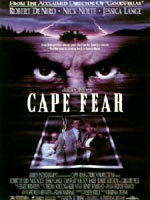

Q. Your work as a cinematographer is legendary. You
won two Oscars, one for "Sons And Lovers" (1960) and
one for "Glory" (1989). Both of these were for best
cinematography. Can you share with us the feeling you
had when you heard your name called as the winner of
the Academy Award?
A. I was not at the ceremony for the Award for "Sons and Lovers" and only
heard
the news via a friend in Canada who had seen the transmission and made a
call to
London. I was fortunate enough to be at the Awards when "Glory" won for
me
and
it was, of course, an unforgettable experience, particularly as it was a
movie
which that year had not been a "blockbuster" and had a reasonably minority
audience. It also was a triumph because the two Oscars were almost thirty
years
apart- the first was for black and white, the second for colour. And I'd
directed quite a few films in the meantime.
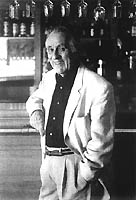
Q. Many directors cannot choose their favorite film
they've directed, because they say it's like choosing
one of their children over another. Can you choose a
favorite film you have worked on either as a director
or cinematographer?
A. The Innocents is without question my favourite film. I photographed
it for
Jack Clayton and because of our close relationship has a major input into
the
movie and was able to put many innovative touches in- such as the filters-
see
note above.
Thank you Mr. Francis for this interview.
I HOPE THE FOREGOING IS USEFUL TO YOU. THANK YOU FOR YOUR KIND WORDS. I
AM SO HAPPY TO HEAR THAT YOU HAVE ENJOYED SO MUCH OF MY WORK.
BEST WISHES,
FREDDIE FRANCIS
